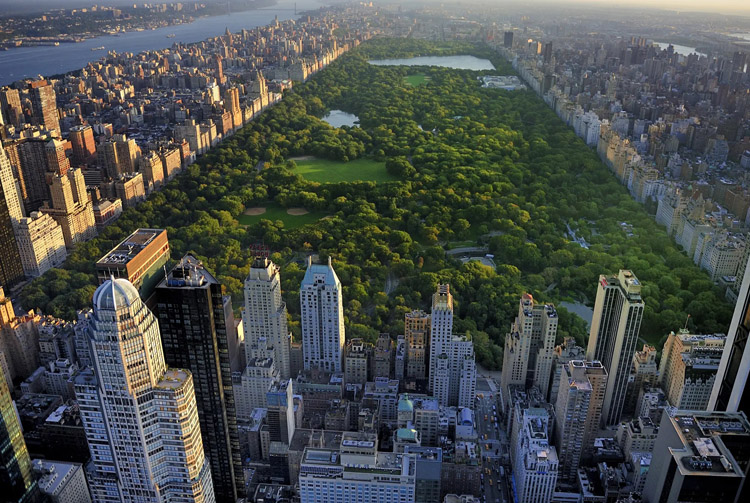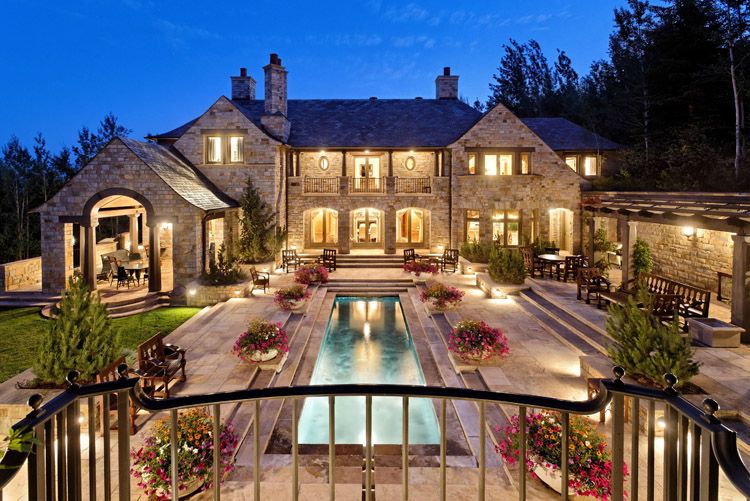New York City, the iconic metropolis that never sleeps, stands as a global beacon of economic prowess, cultural diversity, and architectural marvels. The real estate market in this bustling city is a dynamic entity, constantly evolving and reflecting the ever-changing pulse of its inhabitants. As a melting pot of cultures and economic activities, New York City’s real estate landscape is a complex tapestry, shaped by historical influences, economic trends, and the relentless pursuit of innovation.
Historical Evolution
The roots of New York City’s real estate can be traced back to the Dutch settlers who purchased Manhattan Island from the Native Americans in the early 17th century. Over the centuries, the city has witnessed waves of immigration, economic booms, and downturns, all of which have left an indelible mark on its real estate landscape. The development of iconic neighborhoods like Harlem, the Upper East Side, and Brooklyn Heights showcases the city’s evolution from a trading post to a global economic powerhouse.
One of the defining moments in New York City’s real estate history was the construction of the Erie Canal in the 19th century. This canal facilitated trade and commerce, leading to an influx of people and capital. As a result, Manhattan’s population exploded, and the demand for real estate skyrocketed. The construction of brownstones and tenements became a common sight as the city expanded vertically to accommodate its growing population.
The Great Depression of the 1930s and the fiscal crisis of the 1970s dealt severe blows to New York City’s real estate market. Abandoned buildings, rising crime rates, and economic instability characterized this period. However, the city’s resilience shone through, and with strategic urban planning and revitalization efforts, areas like Times Square and SoHo experienced a renaissance.
Contemporary market trends
A booming economy and a resurgence of interest in urban living have both contributed to the real estate market’s revival in New York City in the twenty-first century. However, it is essential to note that the market is not uniform, with different boroughs and neighborhoods exhibiting distinct characteristics.
Manhattan: The Pinnacle of Luxury
Manhattan, with its iconic skyline and high-end neighborhoods like Tribeca, Central Park South, and the Financial District, remains the epitome of luxury real estate. The demand for luxury condominiums and penthouses has surged, attracting wealthy investors from around the world. The One57 and 432 Park Avenue skyscrapers are prime examples of this trend, offering opulent living spaces and breathtaking views.
Brooklyn: The Borough on the Rise
Brooklyn has undergone a remarkable transformation in recent years, evolving from a diverse collection of neighborhoods to a sought-after destination for both residents and businesses. Areas like Williamsburg, DUMBO (Down Under the Manhattan Bridge Overpass), and Brooklyn Heights have become synonymous with trendy living spaces and cultural vibrancy.
The Brooklyn real estate market has witnessed a surge in demand for converted warehouses, loft apartments, and brownstones. The borough’s appeal lies in its relative affordability compared to Manhattan and its unique blend of artistic communities and family-friendly neighborhoods.
Queens: A Mosaic of Diversity
Queens, known for its cultural diversity, has become a hub for residential development. Neighborhoods like Long Island City and Astoria have experienced a revitalization, attracting a mix of young professionals and families. The extension of subway lines and the presence of cultural institutions, such as the Museum of the Moving Image, contribute to Queens’ growing popularity.
The Bronx: A Renaissance in Progress
The Bronx, often overshadowed in the past, is undergoing a revitalization. The South Bronx, in particular, has seen significant investment in affordable housing and commercial development. The creation of green spaces like Mill Pond Park and the revitalization of historic buildings contribute to the borough’s resurgence.
Market challenges and opportunities
While the real estate market in New York City is robust, it is not without challenges. One of the perennial issues is affordability. The soaring prices of housing, especially in Manhattan, have led to concerns about the city’s ability to retain a diverse demographic. Gentrification, while contributing to neighborhood improvements, also raises questions about the displacement of long-time residents.
The regulatory environment is another factor influencing the real estate market. Zoning regulations, rent control laws, and property tax policies shape the landscape and impact developers, landlords, and tenants alike. Striking a balance between encouraging development and preserving the city’s character remains a delicate task for policymakers.
The aftermath of the COVID-19 pandemic has left a lasting impact on the real estate market. Remote work trends have led some residents to seek larger living spaces outside the city, causing a temporary dip in demand for urban apartments. However, as the city reopens and recovers, there is a chance that demand will increase due to the distinctive allure of living in New York City.
Innovation and Future Trends

As the city continues to evolve, innovation plays a crucial role in shaping the future of real estate in New York City. The development of technologically advanced buildings, sustainable architecture, and smart infrastructure is becoming increasingly prevalent. The Hudson Yards development, for instance, represents a forward-looking approach, incorporating cutting-edge design and eco-friendly practices.
The concept of mixed-use developments is gaining traction, with projects combining residential, commercial, and recreational spaces. This approach not only maximizes land use but also fosters vibrant, self-sustaining communities. The emphasis on green spaces, pedestrian-friendly designs, and sustainable building practices aligns with the city’s commitment to environmental consciousness.
New York City’s real estate landscape is a reflection of its rich history, economic prowess, and cultural diversity. From the historic brownstones of Brooklyn to the towering skyscrapers of Manhattan, each neighborhood contributes to the city’s unique tapestry. While challenges like affordability and regulatory complexities persist, the resilience of New York City and its ability to adapt to changing trends bode well for its real estate future.
As the city embraces innovation and sustainable development, the real estate market is poised for continued evolution. The interplay of historical charm, contemporary luxury, and future-focused design ensures that New York City’s real estate will remain a captivating and ever-changing entity on the global stage.


